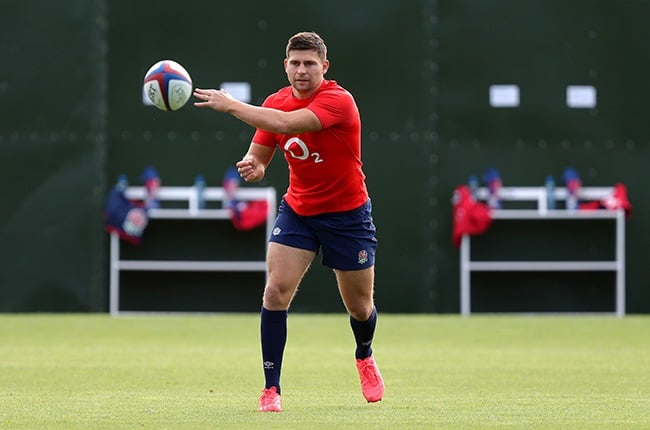Exercise — No pain, no gain, right? Not when you live with migraine. For you, exercise can be a double-edged sword. Some physical activity can trigger symptoms. But sweating it out on a regular basis could help you get migraines less often. You just have to know how to do it.
When Exercise Helps
In a study of more than 4,500 people with migraine, those who managed to get at least 2 1/2 hours of moderate to vigorous exercise every week got fewer migraines than those who moved little or not at all. People got benefits from brisk walking, biking, jogging, and even heavy cleaning — if that’s what you’re into.
What’s more, your sweat sessions release endorphins and other chemicals that directly affect pain. But much of their benefit may be indirect.
“While stress is the number one trigger for migraines, sleep issues are a close second,” says Julia Jones, MD, a neurologist at Houston Methodist Hospital. “Cardio helps you sleep better and cuts stress, so, in most migraine patients, exercise helps.”
Physical activity can also help you lose or maintain your weight, and studies show that keeping a healthy weight reduces attacks.
When Exercise Hurts
So what’s the downside of a workout? Jones says a number of things that happen at the gym or while you work out possibly could set off an attack. “Overexertion, bright lights, heat, dehydration, or a strenuous workout might tip a patient into a migraine.”
Active overhead lifting and pushups may not be a good idea for people who get migraines, says Stephen Corvini, PT, DPT, a physical therapist at Montefiore Medical Center in New York City. High-intensity or strenuous upper-body activities might be a trigger, he says, because they might raise your blood pressure too high.
Rather than pushups, try planks or chest presses with dumbbells.
Find the Sweet Spot
It may take a little trial and error, says Jessica Schwartz, a spokesperson for the American Physical Therapy Association, but you can find that sweet spot for working out with migraine. Try these tips.
Start out slow. “If you are a migraine sufferer, light to moderate exercise is usually very safe,” Corvin says.
Trade high-intensity activities for lower intensity options. That could be brisk walking, swimming or biking on a flat surface. Limit interval and CrossFit training to no more than once a week, Corvini adds.
Don’t get your heart rate too high if you’re exercise-sensitive. If you’re especially sensitive to exercise, you may need to keep your heart rate under 60% of its max, Schwartz suggests. How can you tell? Use this formula: (220 – your age) x .60=60% of your max heart rate. So, if you are 45, you want to shoot for no more than 105 beats per minute when you work out. You can check your pulse with your fingers or use a heart monitor while you sweat. If your heart rate gets too high, tone the workout down.
Avoid triggers when you work out. If light sets you off, get it done in the early morning or late afternoon and wear sunglasses. Avoid gyms with those blinding overhead lights. If lack of sleep is an issue, make sure you work out after a good night’s rest.
Normalize your routine. “Eat, sleep, and exercise at the same times each day,” Jones advises. This helps maintain your body’s natural equilibrium, which can help fend off migraines.
Fuel your body. Stay hydrated and eat protein about an hour and a half before you hit the gym, pool, or pavement to keep your blood sugar stable.
Talk to your doctor. Before you start an exercise routine, talk with your doctor. Make sure your symptoms really are migraine and not another health condition.
Note: This article have been indexed to our site. We do not claim ownership or copyright of any of the content above. To see the article at original source Click Here













